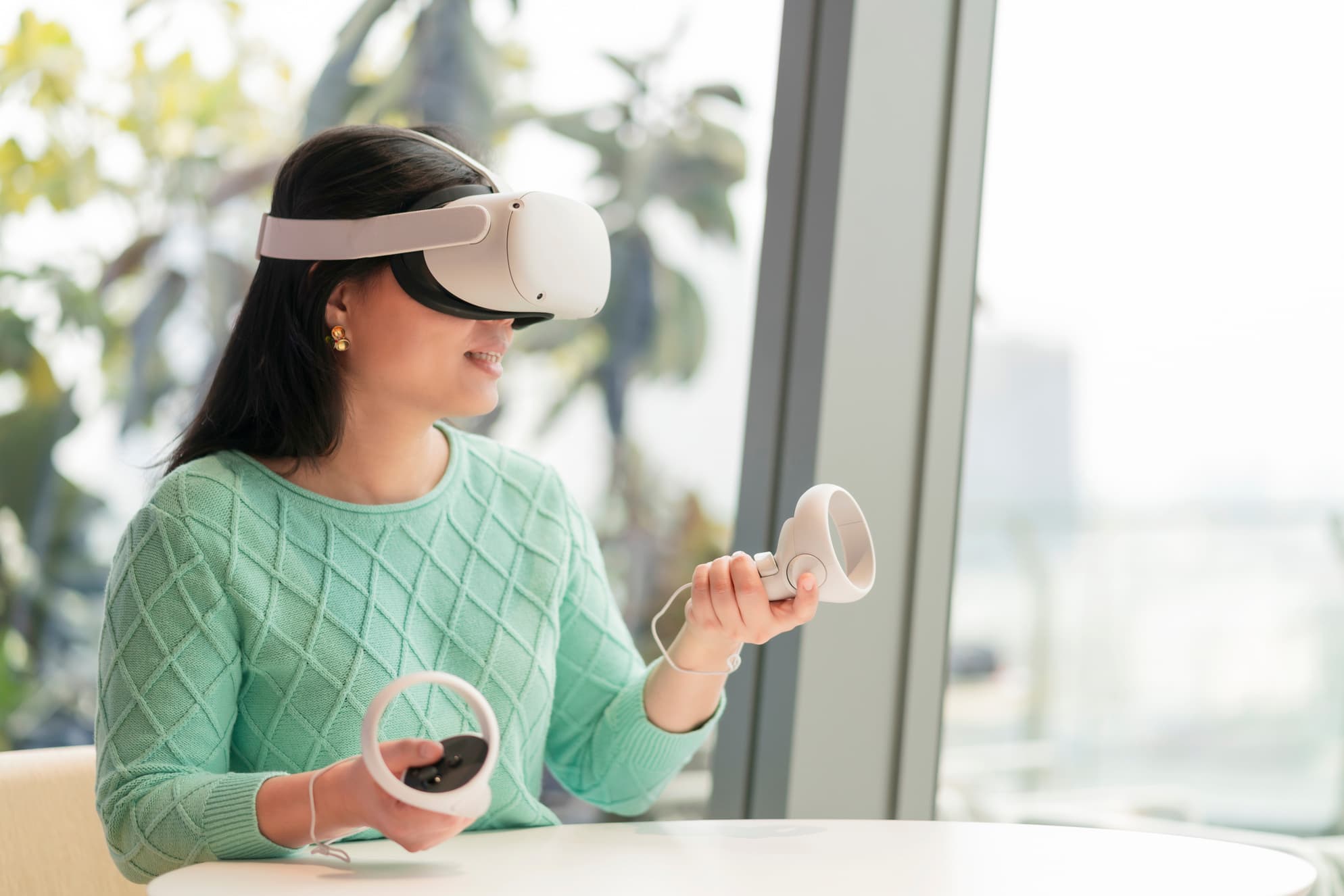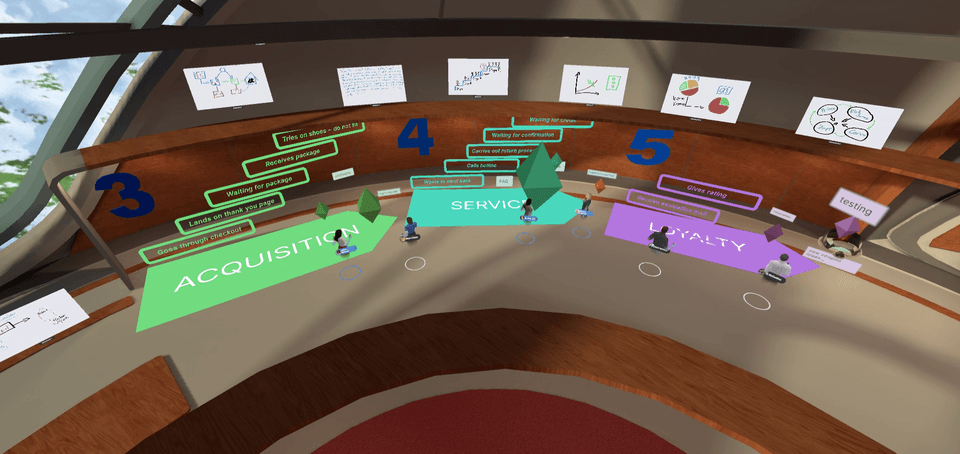Video Conferencing VS Virtual Reality

As peoples’ needs change the markets evolve. According to that the appropriate technology rises to the occasion and address the pain points of the consumers. This goes for both video conferencing and virtual reality application to enterprises. Although video conferencing platforms had been around for long, it was only the onset of the covid-19 that people started looking at video conferencing as a real answer. While video conferencing served us well, it still lacks in giving an in-person feel to the meetings and has many other drawbacks. This gave prominence to a new technology called virtual reality. A technology that gives you the feeling of real presence, provides better collaboration tools and much more. Both technologies have their purpose and it’s important to know when to use which medium of interaction.
Why and when to use Video Conferencing?
Given that the meeting participants are located in different parts of the world, video conferencing is an affordable alternative to flying to the client's location. The easy availability and usage has made it more acceptable than it was in any time before the pandemic. The applications also provide us with a limited set to creativity tools like presentation mode, breakout rooms etc to bring out a certain level of productivity in the meeting. This makes video conferencing a viable solution for distributed teams conducting low complexity meeting. The more complex to the content and the process of the meeting gets the more we realize the limitation of a 2D meeting platform. Spending a lot of time on video calls has led people to feel exhausted and experience what is popularly called ‘zoom fatigue’. Video conferencing is also not the best platform to foster team building and make connection with your colleagues. Video conferencing is a good tool to conduct short update calls, a quick alignment however as we move towards more complex meetings like brainstorming, workshops and training sessions, virtual reality presents a more appropriate solution.
Why and when to use Virtual Reality?
Virtual Reality gives it's user a 3 dimensional space where you are able to meet with people as if you would in real life. VR is hosted on a specific hardware, this does make it costly when compared to video conferencing however the longevity of the solution makes it a worthwhile investment. In VR you can use the infinite space to arrange content in your virtual office more effectively. It also offers customized features such as 3D flowcharting and pinboard. These tools allow all the participant to speak out and visualize their mind instead of listening to a monologue and waiting for ones chance to speak.
Companies are already using VR to conduct client meetings, training workshops, product road mapping and other high complexity meetings. Since the onset of Covid-19, companies had shifted to a virtual model of collaboration through zoom and other video conferencing platforms, a BCG research concluded that even though individual productivity has increased, the collaboration effectiveness is low and emotional disconnect is high. The shift to remote work motivated enterprises to find a way to maintain productivity and culture in the company. Thanks to the immersive nature of VR, according to a PWC study, the participants are able to learn more quickly, retain more knowledge and gain a deeper comprehension of the discussion. Other such capabilities are helping companies improve productivity, collaborate better, and maintain team culture.

A comparative View
Both the tools have their own advantages. The decision to use the most suitable tool should be based on the location of the team members and the complexity of the content. When the whole team is in the office then there is no need to discuss video conferencing or virtual reality. When the team is geographically distrbributed and needs to focus on knowledge based complex content then virtual reality presents a better option than video conferencing. Research has shown that nearly half of the surveyed professional workers report a high degree of exhaustion due to perpetual use of video conferencing. Continuous video conferencing tend to leave participants tired and unable to channel their creativity. Harvard Business Review in its research discovered that an engaged employee is 55% more productive than one who is not. In such scenarios, a virtual office forms an important part of a communication technology kit as it will allow the company to foster better collaboration and team building. At Arthur, we have helped organisations in implementing Virtual Reality as a collaboration platform to conduct meetings for a geographically distributed team. To read more about the use of virtual reality in the workplace please check out our other blog posts.